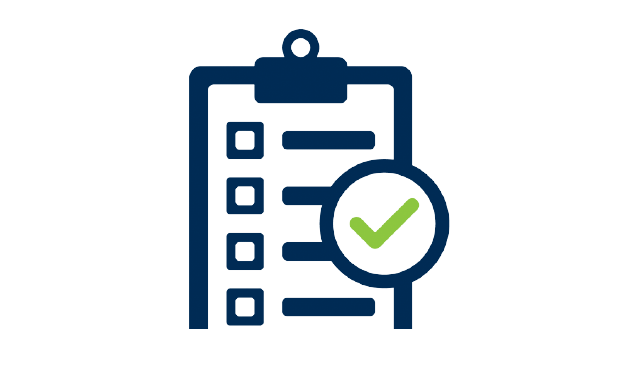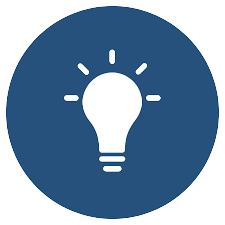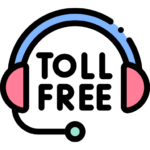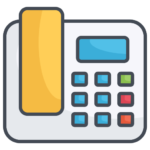Web Design Proposal? (And How to Write One)

The most successful design projects often start with a successful business foundation. Whether you work on an agency team with other creatives or are a freelancer trying to sell your own products and services a solid web design proposal can help you win clients and set expectations for work.
Here’s everything you need to know about creating a web design proposal that will help you land new clients. We’ll discuss what a web design proposal is, how to write one, and share some helpful templates to get you started fast.
What Is A Web Design Proposal?


A web design proposal is a document that will help you sell yourself and your work to clients. It’s a summary of what you can do for a client with a breakdown of the problem they are trying to solve and the solution you can provide
A web design proposal isn’t just a breakdown of costs or estimate of work (although some of that information is included).
A proposal is a common request from companies and individuals looking for website design services. Often companies will send out a request for proposals before starting a project. Your answer is in the form of a web design proposal, so you want to make sure yours stands out.
Most designers have a default or template website design proposal that serves as a starting point for each new project request. That template then gets customized for each client and their needs.
It is just as important to have a well-designed and well-organized proposal as it is to showcase solid portfolio items and references. In many cases, the design proposal is your introduction to a potential client and you want to make a solid first impression.
What Should A Web Design Proposal Include?
A website design proposal needs to be long enough to help a client understand what you can do, but not so long that they don’t get through the information.
Break to proposal down into several sections to make it more digestible:

Cover page
This simple letter should be addressed to the client and note the project name (important if you are responding to an RFP) and an introduction to your visual style with brand elements. You can also use this space to include a short – one to three paragraph – overview of the proposal.

Confidentiality statement
We all know that products and services vary greatly by project. A simple confidentiality statement asks that the information in the proposal not be given out publicly.
Problem statement
State the problem the client is trying to solve, such as “Company X needs a website redesign and with the revised copy to reflect search engine optimization best practices. Make sure you have a good understanding of the client’s goals and needs for this section.

Recommended solution and services
Now, provide the solution. How can you help the client meet their needs? This is probably the chunkiest part of the web design proposal.

Approach and process
Provide a brief outline of how you work and how long the project is expected to take. This is also a good place to include team members that will be working on the project (if applicable).



